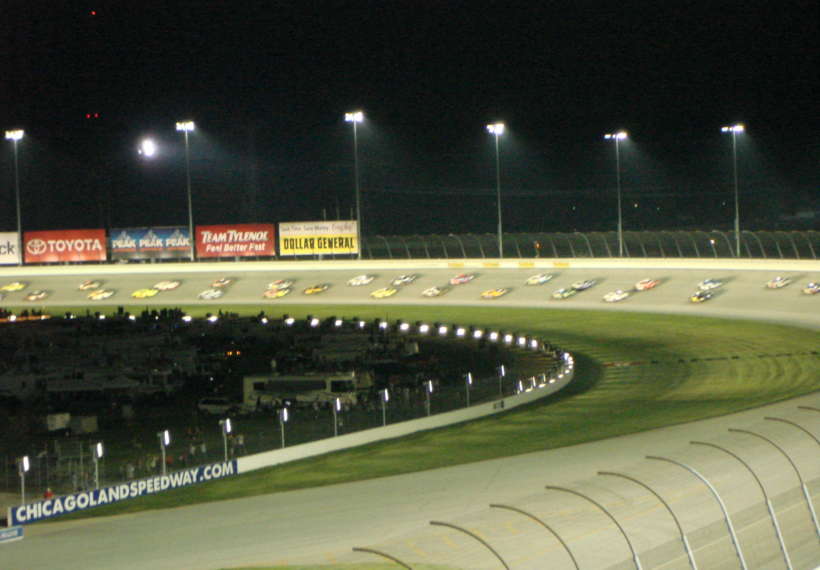About This Episode
What is the Magnus Effect? On this episode, Neil deGrasse Tyson and co-hosts Chuck Nice and Gary O’Reilly explore physics through spin, banking, and angular momentum. Why do they bank race tracks?
How does a rising fastball work? We discuss this perplexing phenomenon in baseball: Is the ball actually rising? Learn about how the height of the pitcher’s mound and the height of the pitcher impact the game. How does spin impact the atmosphere around it? Discover the Magnus Effect and the aerodynamics behind tricky pitches like curveballs and knuckleballs. Plus, a new pitch called the “Chuck Speed” pitch.
Picture this: You’re golfing and you putt the ball toward the hole but it carreens off the lip and out again. What is going on there? Learn about lip outs in golf, linear momentum, and angular momentum. How much of the ball has to already be in the hole in order for it to stay in? What will get Chuck to watch golf? That, and we try out our best golf announcing whispers…
Why are race track’s turns banked? How steep are they sloped? Can you race an oval track without turning? What happens if the car goes too slow on the banked track? What is Mario Andretti’s racing philosophy? How does air pressure impact the weight of the car? All that, plus, Neil shares an at-home experiment with moving air.
NOTE: StarTalk+ Patrons can watch or listen to this entire episode commercial-free.
About the prints that flank Neil in this video:
“Black Swan” & “White Swan” limited edition serigraph prints by Coast Salish artist Jane Kwatleematt Marston. For more information about this artist and her work, visit Inuit Gallery of Vancouver.




 Unlock with Patreon
Unlock with Patreon


 Become a Patron
Become a Patron